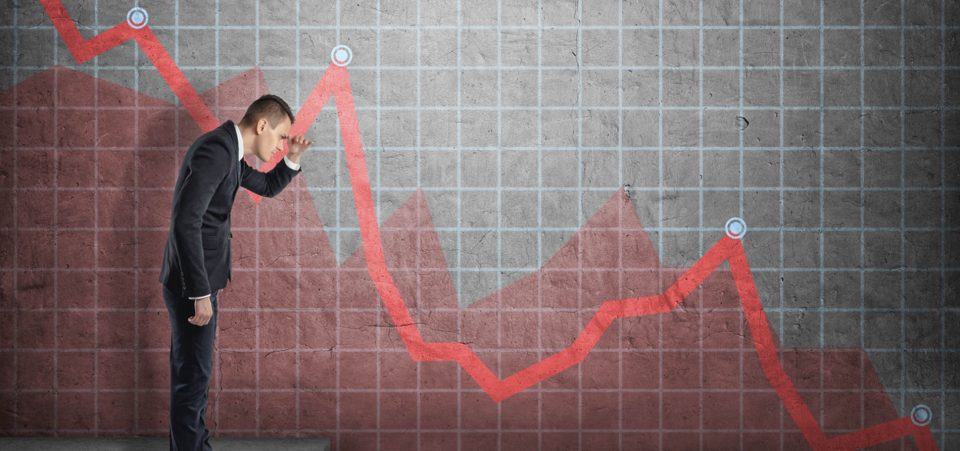Why a Stock Market Crash Could Be Possible Later in 2017
Key stock indices are soaring, but don’t rule out a stock market crash just yet. We could see a sell-off in the later part of 2017.
There are few stock market crash indicators that are flashing red, and investors must pay close attention to them, or else they could be setting up their portfolios for major disappointment.
What should investors be on the lookout for?
Also Read:
Warren Buffett Indicator Predicts Stock Market Crash in 2017
Stock Market Crash 2017? This Could Trigger a Stock Market Collapse
When key stock indices are moving higher, you want to see the constituents that make up the index move higher as well.
In the current stock market rally, this isn’t happening. Look at the chart below:
Chart courtesy of StockCharts.com
The chart above shows two things, the S&P 500 (in green) and the number of stocks on the S&P 500 trading above their 200-day moving average.
Before going into any details, know this: the 200-day moving average is considered a long-term trend indicator. If a stock price is trading above it, it’s said to be an uptrend.
With that said, see any disparity on the chart above?
As the S&P 500 is going higher, the number of stocks in an uptrend continues to decline. This is not a good sign; it foretells a stock market crash. It says only fewer stocks are driving the index higher.
In early March, 418 of the S&P 500 stocks were trading above their 200-day moving average. Now, it’s 368, so nearly 12% of the companies on the index have fallen below their long-term trend.
Bulls Getting Worried?
This isn’t the only indicator suggesting a stock market crash could be a possibility.
Those who are bullish on the stock market are declining in numbers, and there’s solid evidence of this.
Look at another chart below. It plots the results of a survey done on weekly basis, asking traders and analysts about their take on the stock market direction:
Chart Courtesy of StockCharts.com
At its core, the chart shows sentiment of Wall Street traders and analysts. In the past few months, the number of bulls has declined significantly. In mid-April, 65% of responded on the Wall Street sentiment survey were bullish. Now, it’s below 30%. This 50% decline in bullish analysts and trades shouldn’t be taken lightly.
Why does this matter? Remember, analysts are followed closely by institutional investors—those with big buying power and the ability to move markets. So if analysts are turning bearish, it could induce selling.
Stock Market Outlook: Investors Beware
Dear reader, let me be very clear here: the last thing investors could do is try to predict the exact bottom or the top.
As it stands, investors’ sentiment is severely optimistic. They are buying without remorse and paying top dollar. Know that this could go on for a while. The overall trend of the stock market is pointing upwards. Never fight the trend, it’s deadly.
But one thing must be remembered here: the higher the key stock indices go beyond their fundamentals, the bigger the stock market crash follows. Markets are really stretching at this point.
I am watching the markets closely. It will be especially interesting to see what happens after the summer months. For a stock market crash to occur, there needs to be sustained selling. We haven’t seen that in a while. As volume comes back after summer, we could see that happen.
With all this said, it may not be such a bad idea to take some profits off the table and make sure stops are in place.








